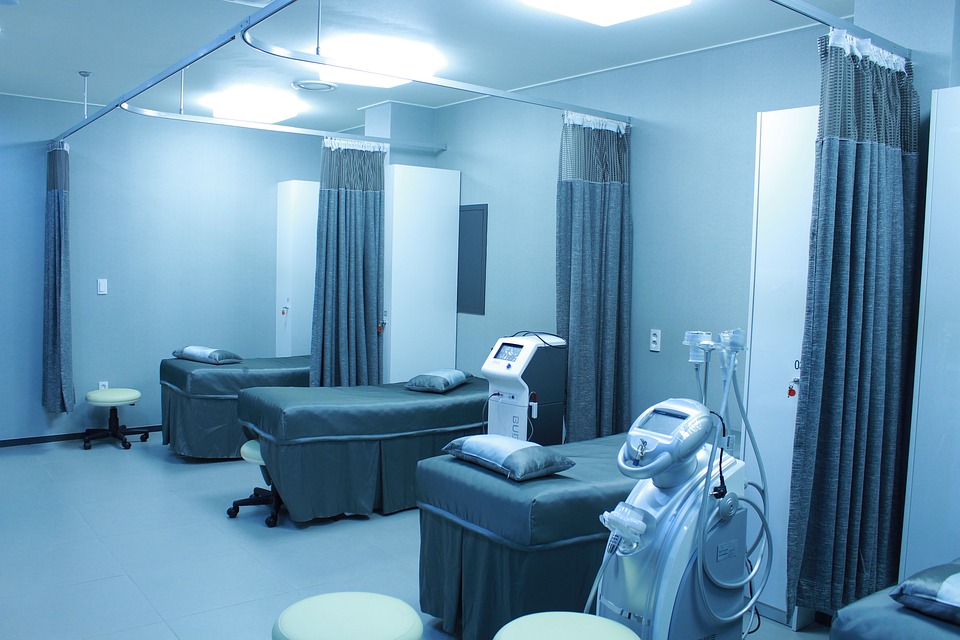Title: Probing the Lock and Its Key: Refining Concepts in Gate Control Pain Mechanisms through Quantum Re-Generation Technology
In the realm of innovative and unique technological advancements, Quantum Re-Generation stands out as a groundbreaking solution in treating pain and acting at the muscular level through decontracting action. This remarkable feat is achieved through the emission of high-tension depolarizing microcurrents.
Its therapeutic action is multi-faceted, targeting both acute and chronic post-traumatic pain, as well as exhibiting anti-inflammatory and decontracting properties. The mechanism behind this technology lies in the Gate Control Theory, which allows for the inhibition of afferent nociceptive transmission that occurs through small-diameter fibers. This is accomplished by employing microcurrent pulses with a millionth of a second chronaxy, acting on muscle tissue and inducing a decontracting effect while enhancing tissue oxygenation.
This technology applies a procedure of electroanalgesia and neuro-modulation. Generally, the ultimate goal of any analgesia technique is to inhibit the transmission of pain impulses using an electrical stimulus. The Re-Generation device comes equipped with interchangeable heads for treating small, localized areas such as the temporomandibular joint or extended areas like the treatment of peripheral nerve canal syndromes such as the Sciatic Nerve.
The Re-Generation works by utilizing high-tension depolarizing microcurrents to inhibit pain signals by blocking the transmission of nociceptors and promoting cellular regeneration. It operates by stimulating C-fibers, specialized neurons that transmit pain signals slowly and deeply, to provide a ‘counter-information’.
The analgesic effect is immediate, and much like chronic pain remodels neural circuits and creates ‘vicious circles’ that amplify suffering, repeated use of this therapy within a complete treatment cycle can in turn remodel these altered sensory circuits, allowing for a reduction in hyper-sensitivity to pain.
To date, the Re-Generation has been widely tested on patients with various painful musculoskeletal symptoms, neuropathic pain, and even oncological pain in different pathologies. After only one application, the Re-Generation has proven extremely useful for patients with subacromial conflict syndrome and painful tendonitis of the shoulder.
It has demonstrated efficacy in inhibiting the pain caused by plantar fasciitis generated by calcaneal spur. It has been tested with positive results on patients with degenerative osteoarthritis of the knee with pain and functional limitation. All cervical, thoracic, lumbar, and sacro-coccygeal spine pains have been treated, yielding very positive results.
Positive results have also been observed in patients with rheumatoid arthritis and arthritis of the hand, with a clear reduction in pain and an increase in hand functionality. Patients with chronic pain persisting for more than six months and recent acute pain from traumatic ankle injuries have also shown positive results.
Positive results have been obtained in the treatment of issues related to ligamentous and muscular problems, such as functional problems of the hip with pain and limitation of mobility. The technology has been tested on patients with Temporomandibular Joint disorder, showing a significant reduction in pain and hypertonia of the associated muscles.
The device has even been used in a case of neurological rigidity due to Motor Neuron Disease, Sclerosis Laterale Amiotrophica. The patient showed a significant reduction in hypertonia muscle and a significant improvement in walking ability.
The Re-Generation was used as an antalgic therapy in managing non-opioid responsive oncological pain, showing clear reductions in perceived pain levels. The treatment was focused on painful bone metastases after Radiotherapy. The device has also been used in veterinary medicine. Specifically, dogs with degenerative arthritis in their limbs have been treated, showing improvement in their overall mobility from the first treatment, with improved joint excursion and walking on all fours with even weight distribution.
The device has been well-tolerated and accepted by all patients, with no reported side effects. All treated patients have shown a significant reduction in pain.

